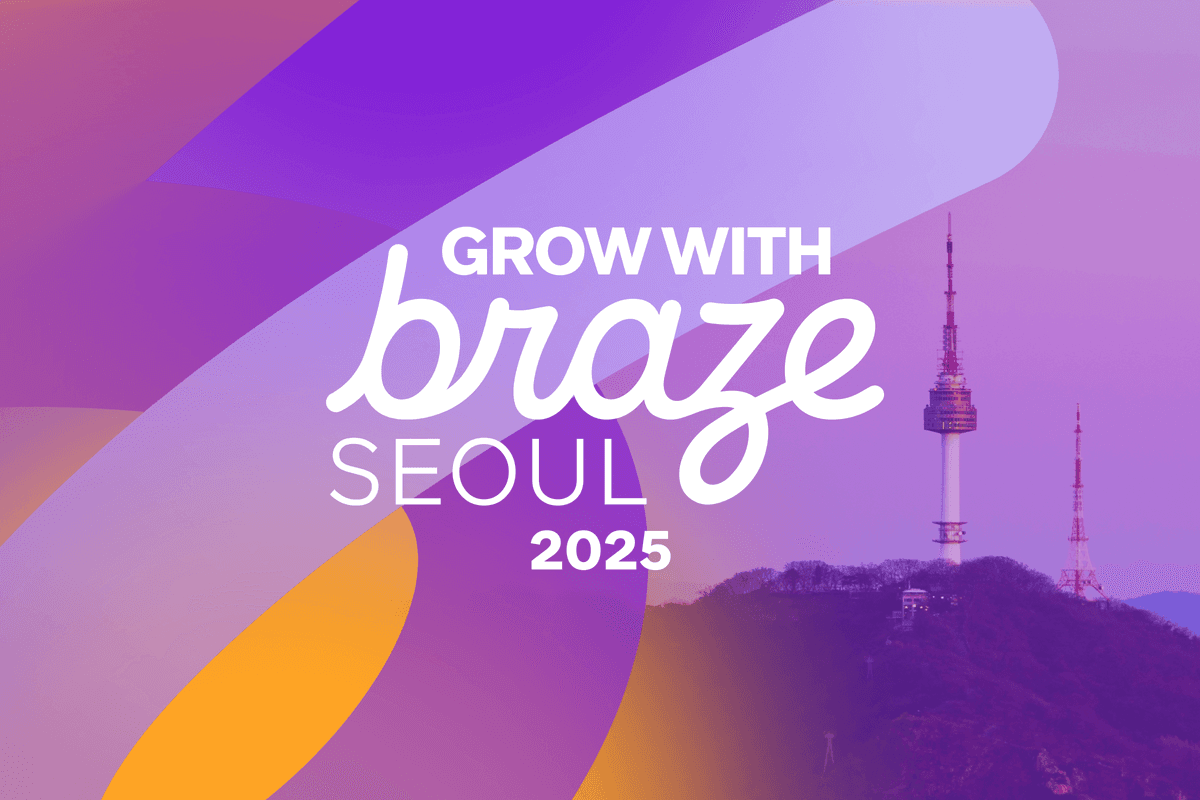UK Brands Unprepared for Third-Party Cookie Phaseout
Published on January 20, 2022/Last edited on January 20, 2022/4 min read


Team Braze
With new privacy updates from Apple and Google coming into force, as well as a deluge of data surfacing from new digital sources, UK marketers are facing a challenging 2022. That’s according to the second annual Customer Engagement Review from Braze. The report combines data from the Braze platform with results of a global survey—developed in partnership with Wakefield Research—of 140 marketing decision makers from B2C brands in the UK with annual revenue of $10+ million, providing key insight into what companies will be grappling with in 2022.
Key Findings for UK Brands
Our research reveals:
1. Reliance on Third-Party Cookies Remains High
Despite Google announcing plans to phase out third-party cookies in 2023, less than a third (28%) of brands say they will be reducing their reliance on this data in 2022. That raises the possibility that many companies may find themselves needing to rethink their approach to customer data ahead of next year’s big deadline.
2. New Privacy Measures Will Require Additional Budget
Marketing budgets could potentially be on the rise, with 98% of UK brands expecting to increase their spending in 2022 to cope with new privacy updates mandated by Apple and Google. Compliance with new regulations is also a top three investment area for brands and a priority for 43% of respondents, highlighting the anticipated investment needed for companies to respond effectively to the shifting landscape.
3. Data Management Is the Top Marketing Challenge for Brands
Data management issues have grown more pressing over the past year. The top challenges UK marketers cite for the next 12 months are: Managing compliance and risk (36%); applying data to business decisions (33%); and collecting, integrating and managing marketing data (32%).
4. Poor Data Management Could Cause Chaos for Consumers
Without a well-managed customer engagement strategy, these privacy measures could have a significant impact on brands’ communications with consumers. Many marketers are reacting to the new privacy measures by increasing their marketing budget in two areas: Increasing the number of channels used (46%); and boosting the frequency of marketing appeals (38%). If this use of multiple channels isn’t managed holistically, this approach could find consumers receiving too many messages across different channels, turning them off and increasing the odds that they sour on the brands reaching out to them.
5. Anonymous Users Present an Untapped Opportunity
Despite the challenges some brands face in managing first- and zero-party data, the report also reveals an untapped opportunity when it comes to anonymous users. These users—who take action on websites without logging in, opt to “continue as a guest,” or who haven’t been given an official identifier—made up 57% of new users in 2021. Yet 80% of them received no messaging from brands. That’s a major untapped audience that could potentially be motivated via thoughtful messaging to engage more frequently or to make purchases.
Report Highlights New Challenges, New Opportunities
Warrick Godfrey, VP, Industry Solutions at Braze, said, in connection with the findings: “Brands are facing their most significant data management challenge since GDPR was introduced three years ago. The ever-changing privacy restrictions from the tech giants—in addition to the vast growth of data being created by digital channels—are making it harder than ever for marketers to optimize the way they communicate with customers. It’s never been more critical for brands to take control of first-party data and their customer relationships. Successful customer engagement in 2022 will mean improving the use of first- or zero-party data to personalize communications and bring harmony to cross-channel messaging.”
“We also see a huge untapped opportunity in anonymous users,” Godfrey noted. “To bring anonymous users into the fold, brands can turn to the first-party data they are already collecting, combined with other factors like location or session data for specific messages. They can also nudge this audience to convert via tactics like in-app surveys that gather additional insights into the preferences of anonymous users.”
Check out the full findings from the report for more tips on how to unlock the power of your customer data to effectively engage consumers in 2022.
Related Tags
Be Absolutely Engaging.™
Sign up for regular updates from Braze.
Related Content
View the Blog
Customer onboarding automation: Benefits, strategies, and best practices

Team Braze

Moving beyond demographics to true understanding: Key insights from Grow with Braze Seoul 2025

Team Braze

Key insights from Grow with Braze Auckland 2025
